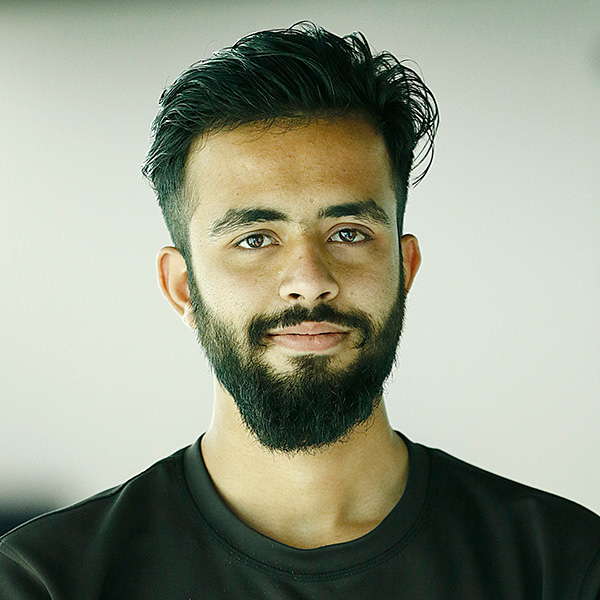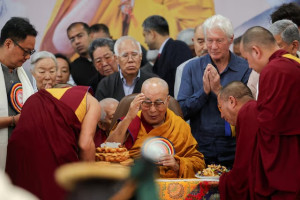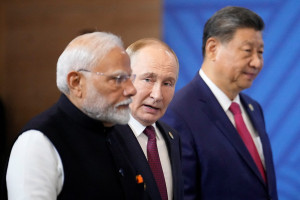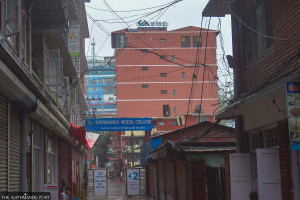World
Nepal joins the sports science race with Sports Science and Research Centre
Modern sports demand data-driven training, and Nepal’s new facility is a step in the right direction. But more needs to be done, which includes sufficient manpower and investment.
Nayak Paudel
The Olympic Games in Mexico in 1968 marked a turning point in the development of sports science, allowing scientists to improve their understanding of the effects of altitude on performance and leading to advances such as the development of high-altitude training, the International Olympic Committee states.
The IOC then credits the 1992 Olympic Games held in Barcelona, which led to the development of specialised education in the field of sport and sports management, and encouraged academic research in sports science.
Since then, the countries and clubs termed as heavyweights in different sports have been connecting the discipline with science to enhance the performance of their athletes. And, over the years, sports science has also been upgraded in many ways, all aimed to make athletes better in their respective sports.
However, in the context of Nepal, sports science has gained a push only recently. Tribhuvan University has been offering courses in Physical Education and Sports Science for quite some time, but there has been a shortage of platforms to implement the learning.
It was only on July 10 that a platform was created with the inauguration of two centres—National High Performance Centre (NHSC) and Sports Science Research Centre (SSRC)—on the premises of the International Sports Complex in Satdobato, Lalitpur.
“The establishment of the High Performance Centre alongside the Sports Science Research Centre will help enhance our athletes’ performance,” Tanka Lal Ghising, member-secretary at the National Sports Council (NSC), said during the inauguration ceremony of the two centres by Prime Minister KP Sharma Oli.
NHSC focuses on gym-related activities, and SSRC aims to enhance Nepali athletes’ training through modern technology that tests and studies their physical abilities and builds.
“While the centre was inaugurated on July 10, we started operations on July 24,” Laxman Adhikari, chief of the SSRC, told the Post. “Since then, we have conducted research on 60+ athletes from different sports.”
As per the NSC, the body under which the two centres operate, the SSRC had conducted research on 50 athletes by August 5.
“The research participants included athletes of wushu, karate, boxing, wrestling, taekwondo and judo. They were part of Mission-2026,” read a statement by the NSC. “The 50 athletes also comprised national football players.”
The number exceeded 60 when the national men’s cricket team players visited SSRC on Thursday.
The cricketers who underwent examinations at the centre stated that they were overjoyed with the new experience.
“I knew my shoulders were uneven due to pace bowling,” Nepal’s right-arm pacer Sompal Kami told Kantipur TV after his examination. “But after the examination, I found how uneven they were.”
Further examinations helped him understand his strengths and weaknesses, Kami added. “Following the research results, there was a QR to scan that provided me with training rituals to follow to overcome my weak zones.”
According to Adhikari, they could not conduct all the tests available at the SSRC on the cricketers due to time constraints. “We only conducted the majority of the tests on a handful of cricketers, including Sompal Kami and Nandan Yadav, while only a couple on others,” he said.
“They are heading to Australia for a tournament on Monday, and we are expecting to undergo other tests after their return.”
A 16-member national squad is heading to Australia’s Northern Territory to participate in the fourth edition of the Top End T20 Series.
“After learning about our weak points and identifying our strong zones, we can improve more in our game,” Yadav told Kantipur TV. “We had never experienced such a scientific analysis of our performance, and knowing about my strength feels good. We are hoping this step will have a good impact on us.”
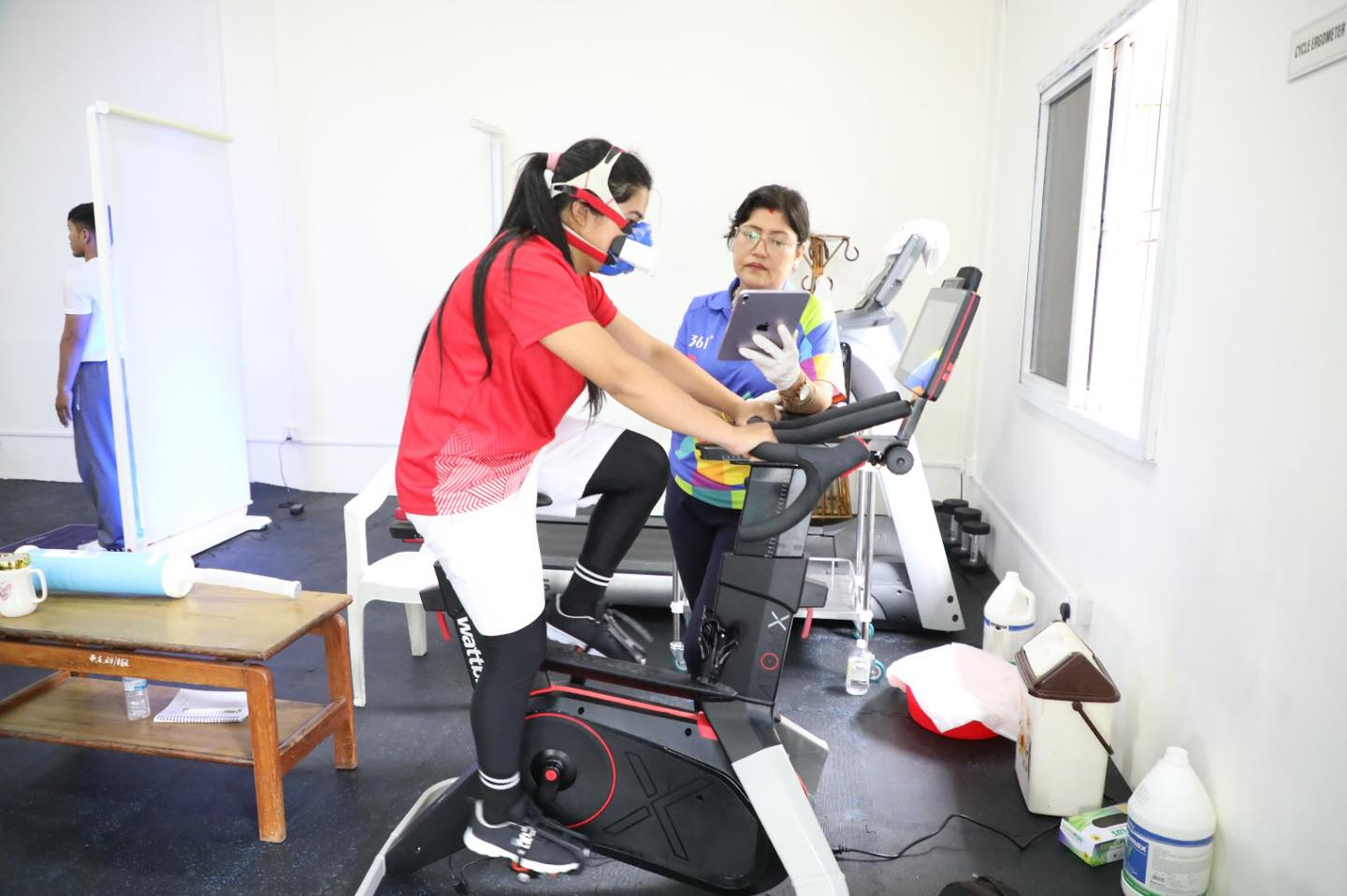
Similarly, Lokendra Kunwar, physiotherapist of the Nepal men’s national cricket team, argued that the test results will be beneficial in preparing effective training regimes for the players depending on their weaknesses.
“We need to identify what the players lack and which muscles we need to focus on. This centre now has the resources to provide us with the necessary data,” Kunwar told Kantipur TV. “We will now implement rehabs based on the report so that the player can improve their performance.”
The Cricket Association of Nepal (CAN), the governing body of Nepali cricket, expressed its gratitude for the services by the SSRC.
“It is great to see such steps in our country,” said Paras Khadka, the CAN secretary. “And I hope such institutions get better and bigger. These things will impact the results of Nepali athletes from all sports.”
SSRC’s boundaries
SSRC is equipped with advanced tools for 12 different tests—a portable VO₂ testing device, blood lactate analyser, surface Electromyography (EMG), motion tracking system, Blood Flow Restriction (BFR), Sports Vision Training (SVT) for in-hand coordination test, cycle ergometer, full biomechanics system with software, timing gate, isokinetic device, dual plate, and an electronic hand grip strength dynamometer.
However, the centre does not have enough manpower. SSRC is currently being operated by six individuals, including two physiotherapists, one with a PhD in physical education and three with a background in sports science.
“We also require exercise psychologists and experts in biomechanics to make our services more effective. We are searching for such manpower,” Adhikari shared. “Even we, the ones currently working here, need some more time to get familiar with the equipment.”
Adhikari also stressed that they cannot utilise the equipment consistently as their durability might be affected.
Adhikari, who is the past president of the Nepal Physiotherapy Association, suggested that national sports associations and clubs should have fitness trainers, physiotherapists, nutritionists and counsellors in their teams.
“With such manpower to supervise players from early phases of their careers, the athletes will have better physicality, fitness and health,” he said.
“SSRC has been established for national-level players, mostly those who are participating in the Olympics, Asian Games, South Asian Games and international-level championships,” Adhikari said. “So, we might not be able to provide the services to every aspirant.”
Nonetheless, SSRC is currently working on a guideline and calendar that would allow allocation of sufficient time to athletes based on the priorities of the state and the nature of the tournaments they are participating in.
“With sufficient budget allocation, we plan to expand the SSRC as well as the HPC. Investment in sports science is a must to realise the country’s dream of winning medals and trophies at the biggest stages,” NSC spokesperson Khushraj Dahal said. “It’s a start, not an end. We are determined not to deny our national-level players such important service.”




 28.26°C Kathmandu
28.26°C Kathmandu